WEST SIDE — State Rep. Alec Ryncavage said this week that the response to the announcement of the newly formed West Side Regional Police Department has been positive.
That said, at this, point two communities have agreed to join the new unit — Larksville Borough and Edwardsville Borough. Ryncavage, R-Hanover Township, said he expects more towns will follow once the new regional department gets off the ground — which is targeted for Jan. 1, 2026.
“Starting with two is a more manageable process,” Ryncavage said. “Six out of the seven surrounding communities have also expressed an interest in regionalization, but final decisions (from them) have not been made at this time. As you can imagine, the communities will need to have their own internal discussions — but it is safe to say that the other communities will be watching when the West Side Regional Police Department officially launches next year and will probably make their decisions in short order after that.”
Understandably, Ryncavage said it is easier for a community to join an already established charter rather than create a new one. He said the process on how a community would join the regionalization is outlined in the group’s charter.
“Responses, on the whole, have been positive,” Ryncavage said. “As stated, the ultimate goal is to improve public safety, enhance service and deliver cost-effective policing.”
Earlier this week, Ryncavage announced the formation of the West Side Regional Police Commission — a commission that will oversee the creation and operation of the brand-new West Side Regional Police Department. The department will launch Jan. 1, 2026, and will — for now — support Edwardsville and Larksville boroughs.
Ryncavage said this effort marks a historic collaboration aimed at improving public safety, enhancing service and delivering more cost-effective policing for residents of both communities.
“Regionalization has been discussed for decades, but never realized, until now,” said Ryncavage. “From the beginning, we prioritized input from the men and women in uniform. Officers from both departments have been included at every step, and we had active participation from both Edwardsville and Larksville officers at each monthly meeting.”
Larksville Police Officer and Union Representative Craig Cebrick praised the collaboration throughout the process.
“From the start, our voices were heard,” Cebrick said. “It’s clear that this isn’t just a political exercise — this is about building a better department for the people we serve.”
Ryncavage said the regionalization process began in March 2023, when the Pennsylvania Department of Community and Economic Development’s Center for Local Government Services completed a 90-page study analyzing both departments’ budgets, staffing models, coverage areas and operational challenges. Ryncavage joined DCED to present the findings last month at two separate sessions with borough officials and local police officers.
Expert consultant assigned to project
Ryncavage said DCED not only funded the study, but also assigned a peer police consultant to provide expert guidance to the commission — Chief David Mettin.
Ryncavage said Mettin currently serves as the Chief of Police for Plumstead Township in Bucks County and he has more than 30 years of law enforcement experience.
He began his career in Doylestown Township before serving as chief of police in Pennridge Regional and later Slate Belt Regional police departments. At Slate Belt, he led the consolidation of three municipal police departments into a single regional entity.
Mettin holds a bachelor’s degree in criminal justice from Temple University and a master’s degree in public safety administration from St. Joseph’s University and is a graduate of the FBI National Academy (203rd session).
Mettin is also an adjunct instructor at Bucks County Community College and has served as president of the Bucks County Chiefs of Police Association and Southeast Pennsylvania Chiefs of Police Association.
Steering Committee formed
From the study, a steering committee was formed, which then drafted the West Side Regional Police Charter, formally establishing the department and the commission.
The charter took effect on Jan. 9, 2025, and was adopted by both borough councils through formal resolutions.
The five voting members of the West Side Regional Police Commission include:
• Chairman John Soprano, former Edwardsville police officer and current regional director of the narcotics bureau at the attorney general’s Wilkes-Barre Office.
• Vice Chairman Mike Lehman, Larksville Borough Council president and full-time Edwardsville police officer.
• Secretary/Treasurer Lisa Campbell, Edwardsville Borough Council member.
• Commission Member Lauren Austra, Larksville Borough Council member.
• Commission Member Dave Stochla, Edwardsville Borough Council president.
Per the charter, each borough nominates two elected officials, while the fifth member is an independent appointee. A coin toss determined that Edwardsville would select the independent member for the first one-year term — the position will alternate thereafter.
“We have an incredibly strong team,” said Ryncavage. “They bring first-hand knowledge of policing, local government and the needs of our neighborhoods. This wasn’t about politics — it was about getting the right people at the table.”
Soprano added, “This commission is committed to building a police force that reflects the values and needs of both boroughs. We’re focused on professionalism, community presence and accountability. While the department is beginning with Edwardsville and Larksville, once operational in January 2026, the West Side Regional Police Department will be open to neighboring communities interested in joining this shared service model.”
Lehman said, “We are no longer two departments competing for talent and resources. We are one team, working toward a common goal of public safety and service.”
Stochla noted, “Residents will benefit from better coverage, smarter resource deployment and a stronger police presence on our streets. It’s a win for both communities.”
Application process underway for chief
The commission has begun accepting applications for a chief of police who will be responsible for developing departmental policies, overseeing personnel, designing insignias and uniforms, and setting the tone for the new department.
“The commission is deeply committed to maintaining local identity and responsiveness,” Ryncavage said. “The new chief will help shape a department that feels local, looks local and serves local.”
According to the job posting, the salary range for the chief of the regional department would be $95,000 to $110,000.
Ryncavage said the months ahead will include finalizing a location for the headquarters, securing insurance, identifying grant opportunities and continuing outreach to residents. He said the regional department is expected to offer greater career growth opportunities for officers and improve the overall level of service.
‘Tireless commitment’
Ryncavage expressed deep gratitude for everyone who has played a role in bringing this vision to life.
“This wouldn’t have been possible without the tireless commitment of our borough managers, secretaries, council members, mayors, and especially the current and former officers and chiefs,” Ryncavage said. “Each of them chose to rise above individual interests and work toward something larger.”
Ryncavage went on to say, “It was strategic to begin with these two towns. We kept the group small to minimize politics and maximize progress. Edwardsville and Larksville were perfect candidates. They already serve the same region and were competing for the same officers. This model allows us to share costs, lighten the burden on local budgets and provide a higher standard of policing.
“I remember my time on Plymouth Borough Council when public safety costs consumed nearly 80% of our total budget. With regionalization, we create efficiencies, free up funding for other needs, and allow officers to grow into specialized roles — whether it’s investigations, traffic safety or community engagement.”
Reach Bill O’Boyle at 570-991-6118 or on Twitter @TLBillOBoyle.
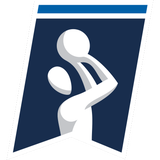

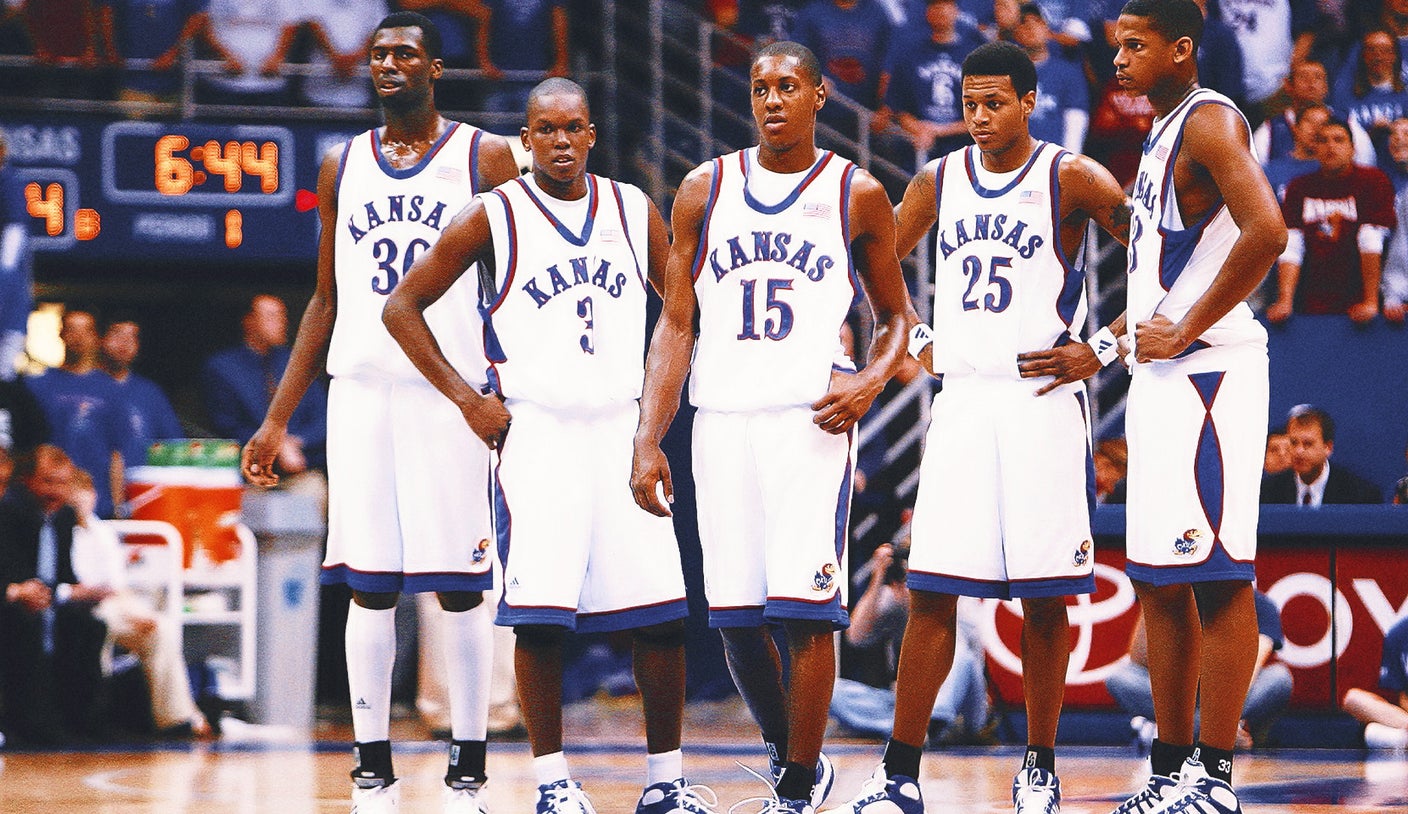


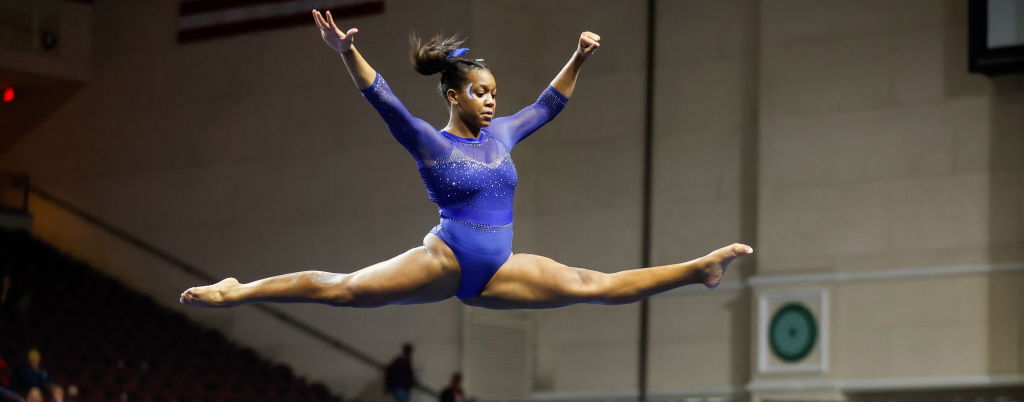






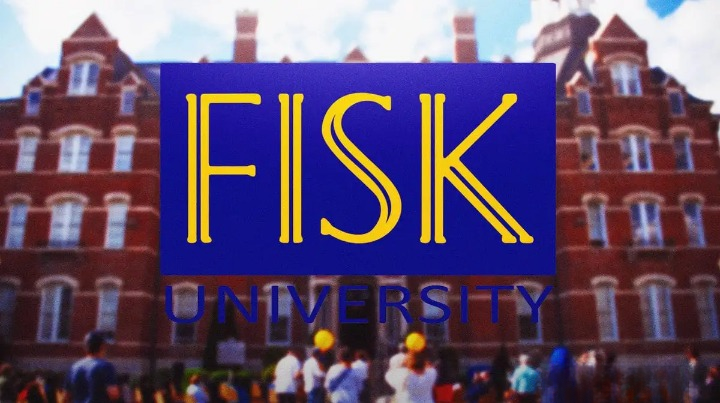
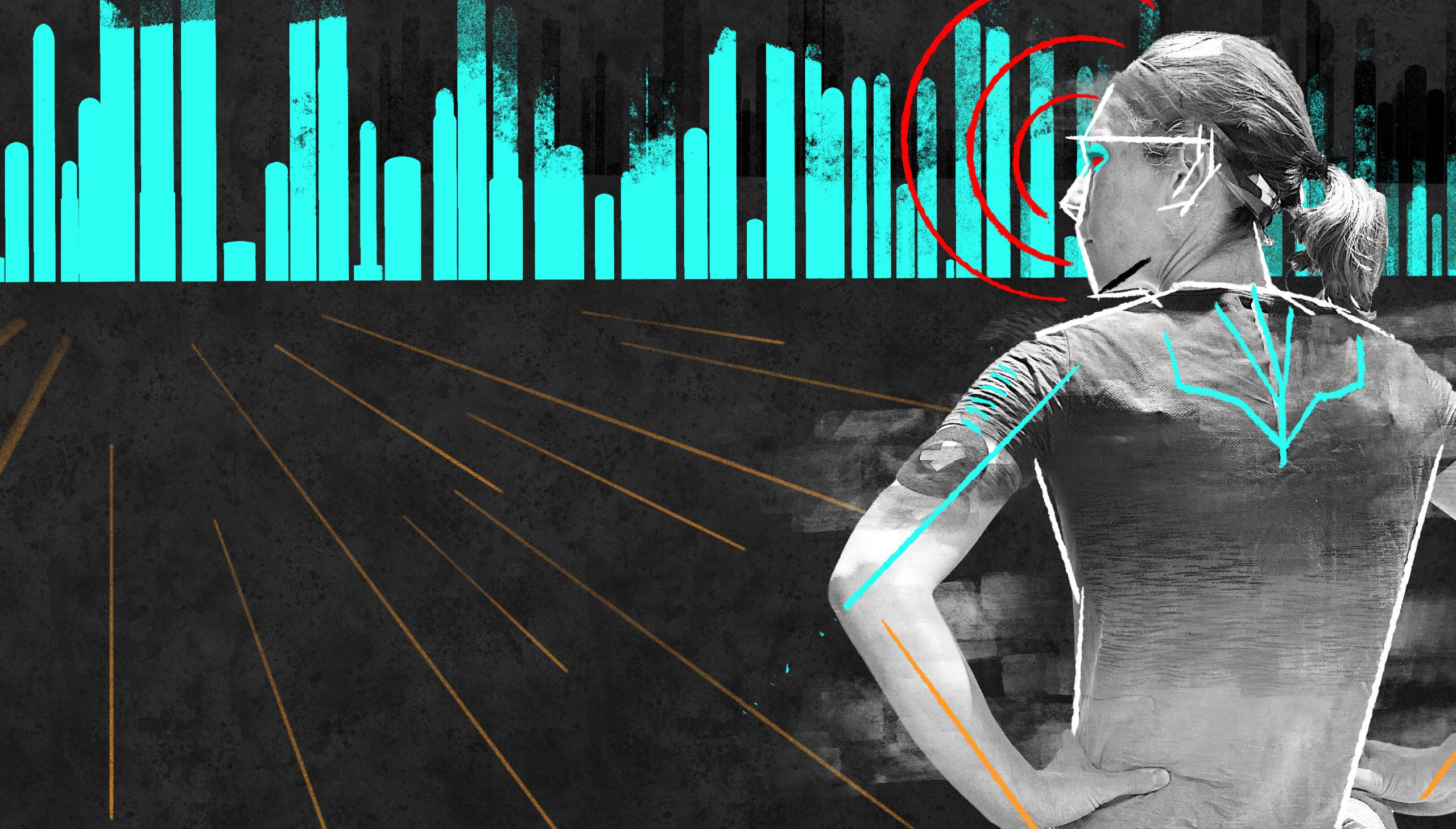

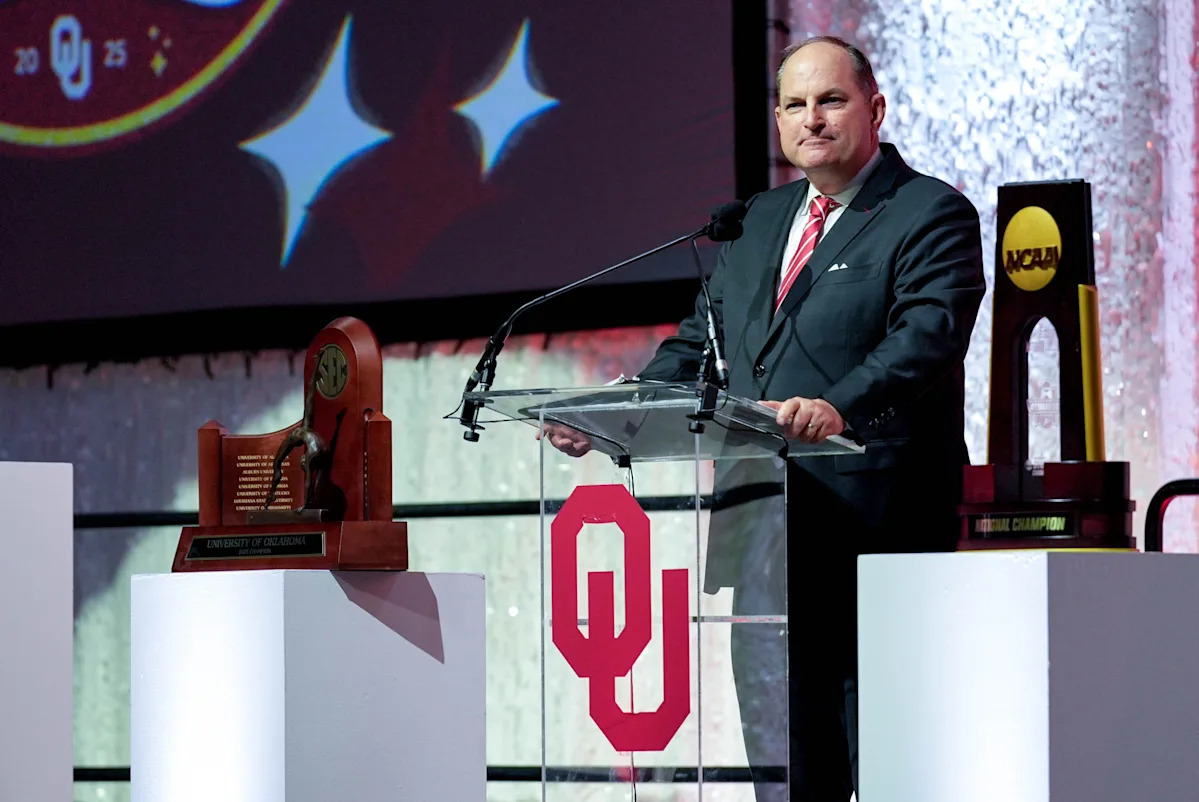









 | #shorts
| #shorts










































